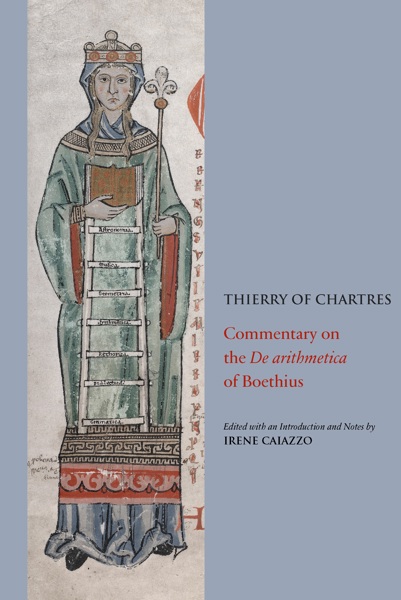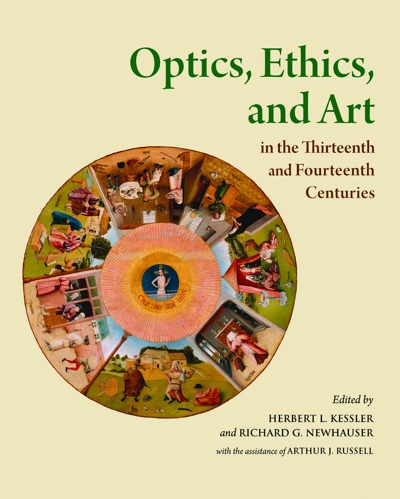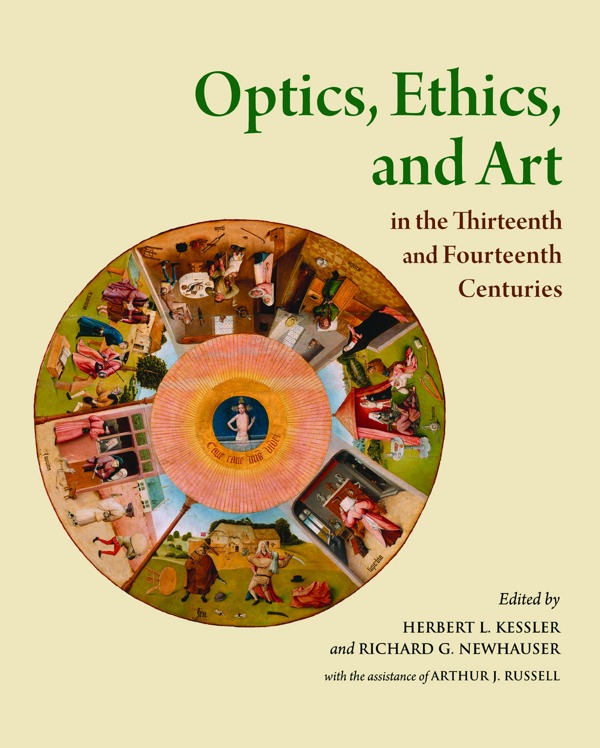
Optics, Ethics, and Art in the Thirteenth and Fourteenth Centuries
Looking into Peter of Limoges’s Moral Treatise on the Eye
Herbert L. Kessler, Richard G. Newhauser
- Pages: xiv + 212 p.
- Size:150 x 230 mm
- Language(s):English
- Publication Year:2018
- € 90,00 EXCL. VAT RETAIL PRICE
- ISBN: 978-0-88844-209-3
- Hardback
- Out of Print
This volume examines afresh the various ways in which the introduction of ancient and Arabic optical theories transformed thirteenth-century thinking about vision, how scientific learning came to be reconciled with theological speculation, and the effect these new developments had on those who learned about them through preaching. At the core of this collection lies Peter of Limoges’s Tractatus moralis de oculo, a compilation remarkable for subsuming science into the edifice of theology and glossing the physiology of the eye and theories of perception in terms of Christian ethics and moralization, making esoteric learning accessible to the public (including artists) through preaching. Transgressing traditional boundaries between art history, science, literature, and the history of religion, the nine essays in this volume complicate the generally accepted understanding of the impact science had on thirteenth-century visual culture.


